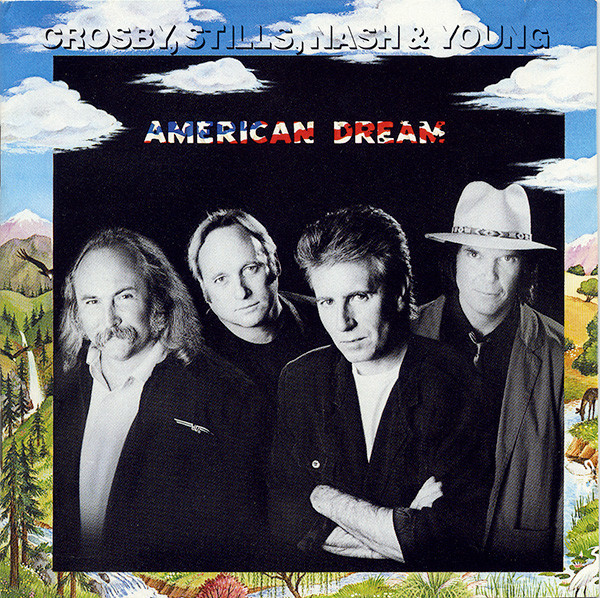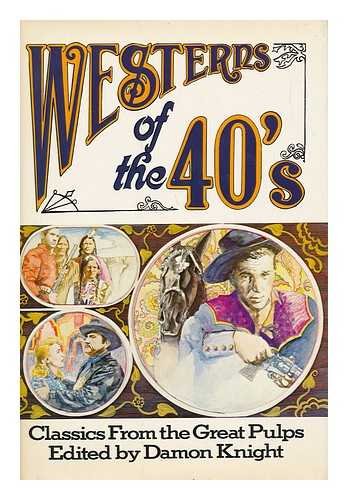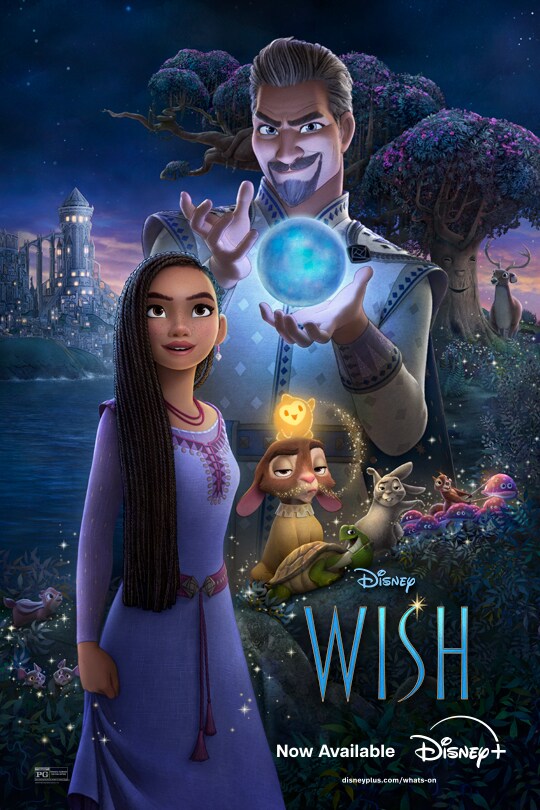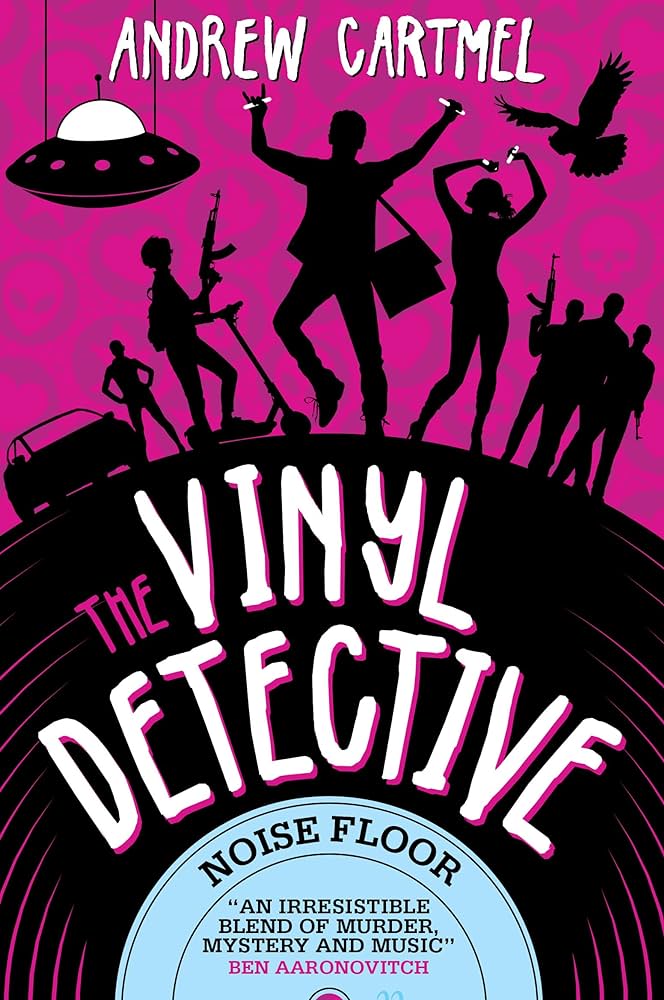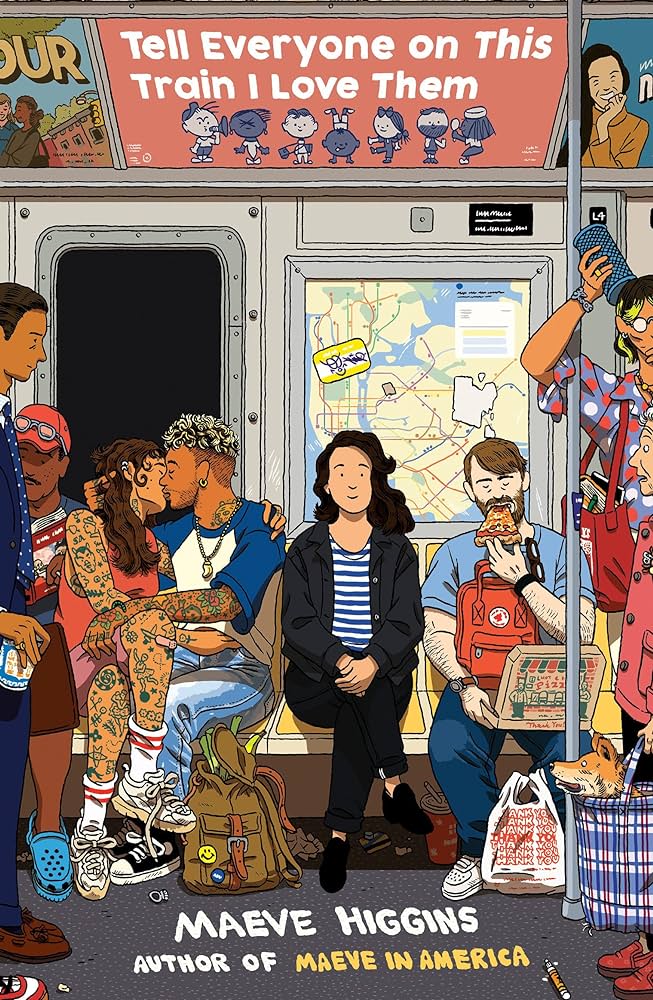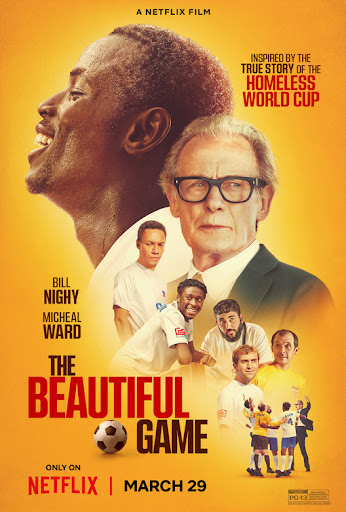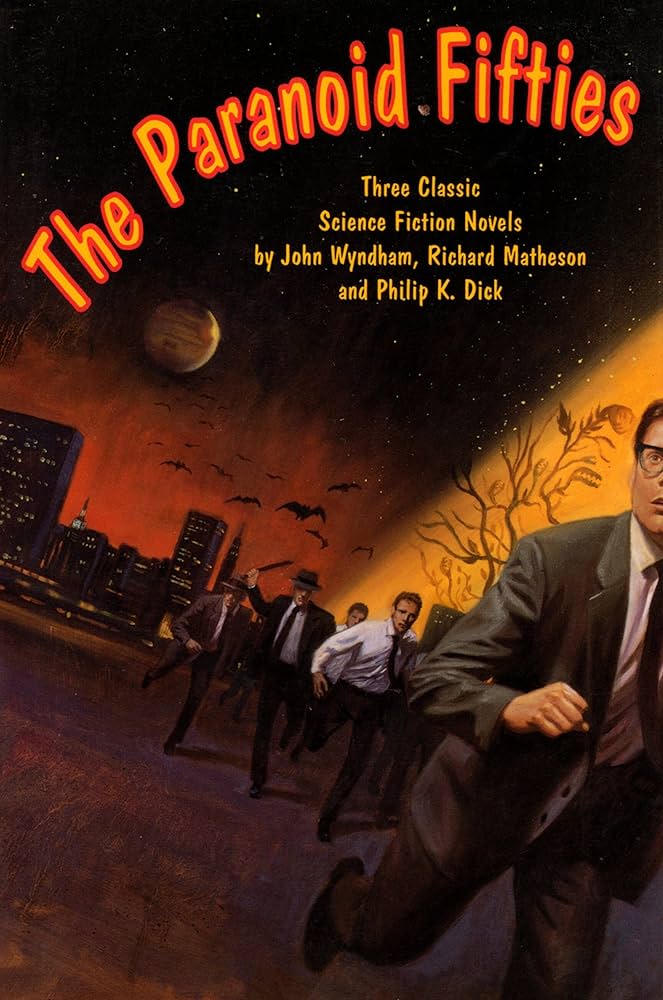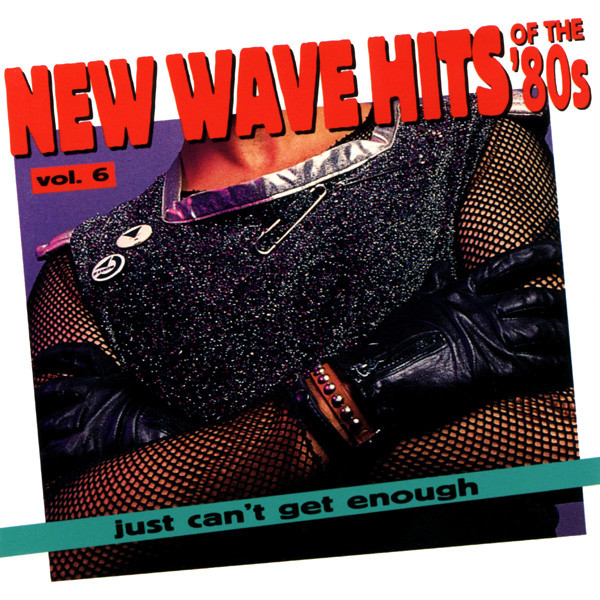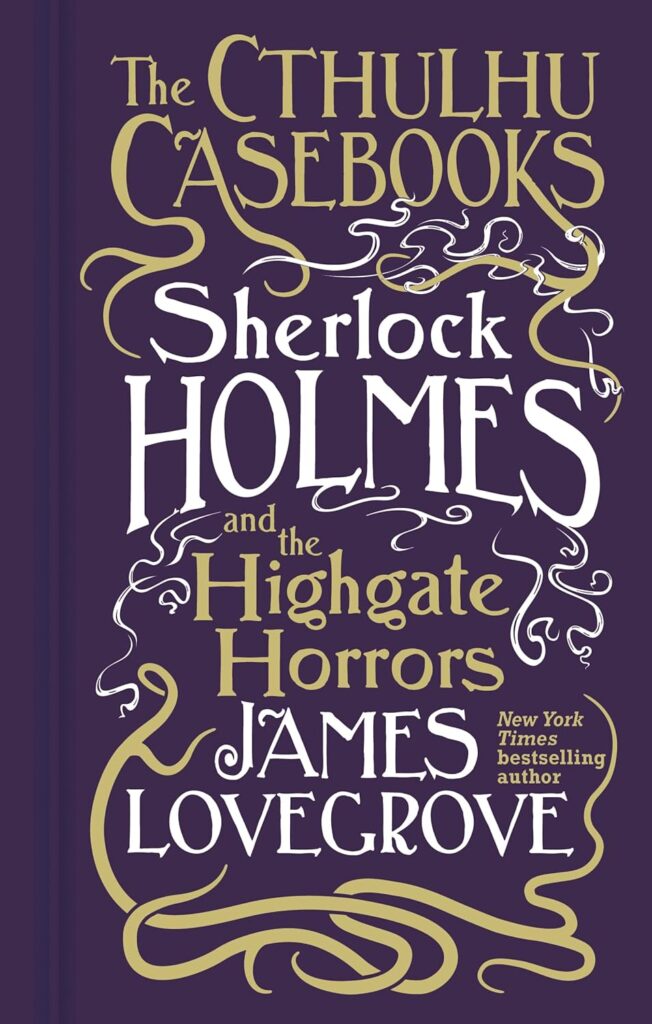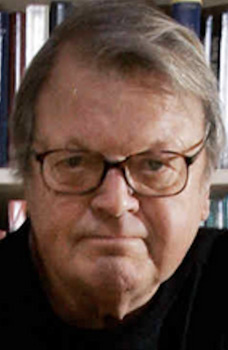
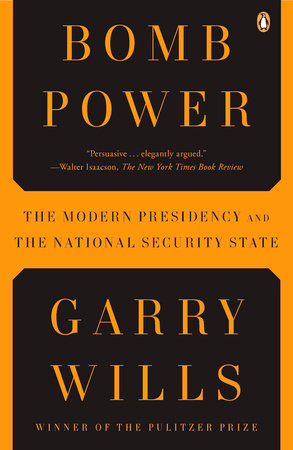
Garry Wills is best known for Lincoln at Gettysburg: The Words That Remade America. But back in 2010, Wills published Bomb Power. With the attack on Israel less than a week ago, when Iran fired 16 tons of ordinance in the form of drones and missiles, what Wills had to say about bombs and power seemed very pertinent for our times.
For the nitty-gritty aspects of the development of the atomic bomb, Oppenheimer lays it all out. But Wills is more interested in “Atomic Politics” where only three people in the U.S. Government actually knew about the Manhattan Project. And that secrecy continues to this day although Marjorie Taylor Greene may have slipped when she talked about “Space Lasers.”
A key Wills topic is “The Care and Keeping of the Bomb.” Wills argues that once a country has a nuclear weapon, the rules change. The first change is that the Government needs to secure its weapons. Secret bases are established. Secret research into make more powerful and accurate bombs needs to be undertaken.
The United States is the only country to use atomic weapons in war time. But given the proliferation of nuclear weapons, it’s only a matter of time before a rogue state like North Korea launches a nuclear missile at one of its “enemies.”
Wills also shows how Government secrecy can be used to cover up embarrassments, keep failures from Congressional oversight, sabotage legislation, and disguise corruption. All of this adds to Presidential power…which could be misused in the name of “National Security.”
If you have any interest in the policy issues of nuclear weapons and the Government apparatus needed to protect them, Bomb Power will give you plenty to think about. GRADE: A
TABLE OF CONTENTS:
War in Peace –1
I. THE MAKING OF BOMB POWER
- Fatal Miracle — 7
- Atomic Politics — 24
- The Care and Keeping of the Bomb — 41
II. THE NATIONAL SECURITY STATE
4. Beginnings (1945-1946) — 57
5. Annus Mirabilis (1947) — 70
6. Completing the Apparatus (1948-1952) — 86
III. PRESIDENTIAL WARS
7. Korea — 105
8. Permanent Emergency — 120
IV. INFORMATION POWER
9. Secrecy as Embarrassment Cover — 137
10. Secrecy as Congress Deceiver — 148
11. Secrecy as Policy Disabler — 161
12. Secrecy as Crime Concealer — 175
V. EXECUTIVE USURPATIONS
13. “War Powers” — 187
14. Challenging Secrecy — 197
15. The Unitary Executive — 209
16. American Monarch — 222
Afterword — 237
Notes — 243
Index — 267
